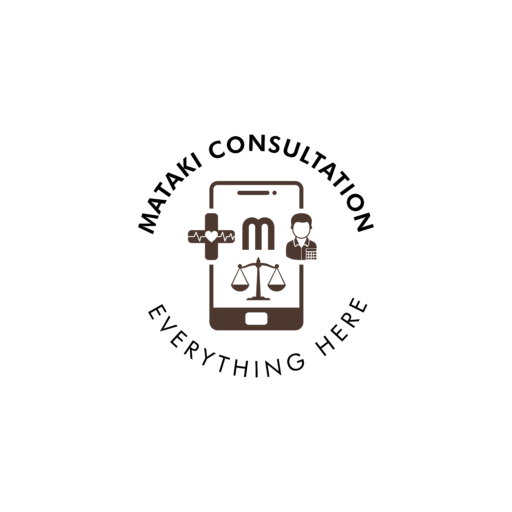Stress, anxiety, nervousness: breathing is our ally to get rid of them, provided we master it. Free yourself with these relaxation and breathing exercises to practice every day.
Are you often stressed or tense? Do you sometimes feel pressure points in your chest? Do your shoulders rise when you breathe? If you experience one or more of these symptoms, you have thoracic breathing, which means that you only use your upper body, which promotes tension and increases anxiety. The good news is that there are different techniques to help you reclaim your breathing and regain your serenity.
Experiment with conscious breathing
The first step to harmonious breathing is to become aware of the way you breathe. Babies breathe by inflating their bellies, this is done naturally: with time, worries, unspoken words and other pleasures of adulthood, we disconnect from our body and forget the natural way of breathing. Your exercise: Sit or stand in a stable position. Close your eyes and become aware of your breathing without trying to change it. Feel the air entering your nose, going down your body. How far does it go? Stay focused on your breathing, without paying attention to the ideas that are passing by. One minute is enough to reconnect with your body and its sensations. You will already feel calmer, without having changed anything (yet).
Contract your body to breathe better
No, you'll see, it's not as paradoxical as it sounds. When you feel anger, or any other negative emotion, your body tends to contract without you even realizing it. Reclaiming your breathing will help you release this tension and feel better. Your exercise: with your eyes closed, breathe in through your nose while contracting your right arm, from your fist to your shoulder. Be sure to keep the rest of your body relaxed. At the end of your breath, block the air, count to 3 and visualize what is bothering you in this contracted area. Then blow out through your mouth, imagining that you are expelling this tension at the same time. Repeat the maneuver with your left arm, then both arms together. Magic, you are relaxed again.
Breathe with the belly
Abdominal breathing is our natural breathing, the one practiced by babies and young children, the one we adopt when we seek relaxation. The good news is that you can work on your breathing and get used to belly breathing again as you practice. You will gain in relaxation, and will improve your intestinal transit thanks to a massage effect of the viscera, which is always appreciable. Your exercise: lie down with your knees bent, sticking your pelvis to the ground, and put a dictionary or any other heavy book at the level of your navel. Inhale deeply by inflating the belly, then exhale for a long time through the mouth while trying to expel all the air, until the last crumb. Repeat the maneuver about twenty times, then remove the dictionary: magically, your breathing has increased, your stomach has relaxed, and so have you.
Test the full breath
You have reappropriated the sensation of breathing, you have reconnected to your sensations and emotions, you have freed your abdominal breathing. Good for you. All that's left is to coordinate all of this to achieve complete breathing, which combines abdominal breathing, thoracic breathing and collarbone breathing. This way of breathing allows you to bring air into the whole of your lungs, to oxygenate our cells to the maximum and to release a maximum of toxins. Your exercise: in the position of your choice, but with your back straight, breathe in through your nose and start by inflating your belly, then direct the air towards the middle of your lungs by opening your ribs and finally finish by directing the air towards your shoulders which are slightly raised. Hold your breath for a few seconds, then exhale through your nose in three reverse steps: let your shoulders fall, then let your ribs fall back, and finally finish releasing the air by pulling your belly in. Don't hesitate to force the air out of your body. Ideally, the exhalation should last twice as long as the inhalation: count in your head in order to find your way. Repeat this exercise as often as possible during the day.
By Clémentine Garnier
Published on 21/11/2019
